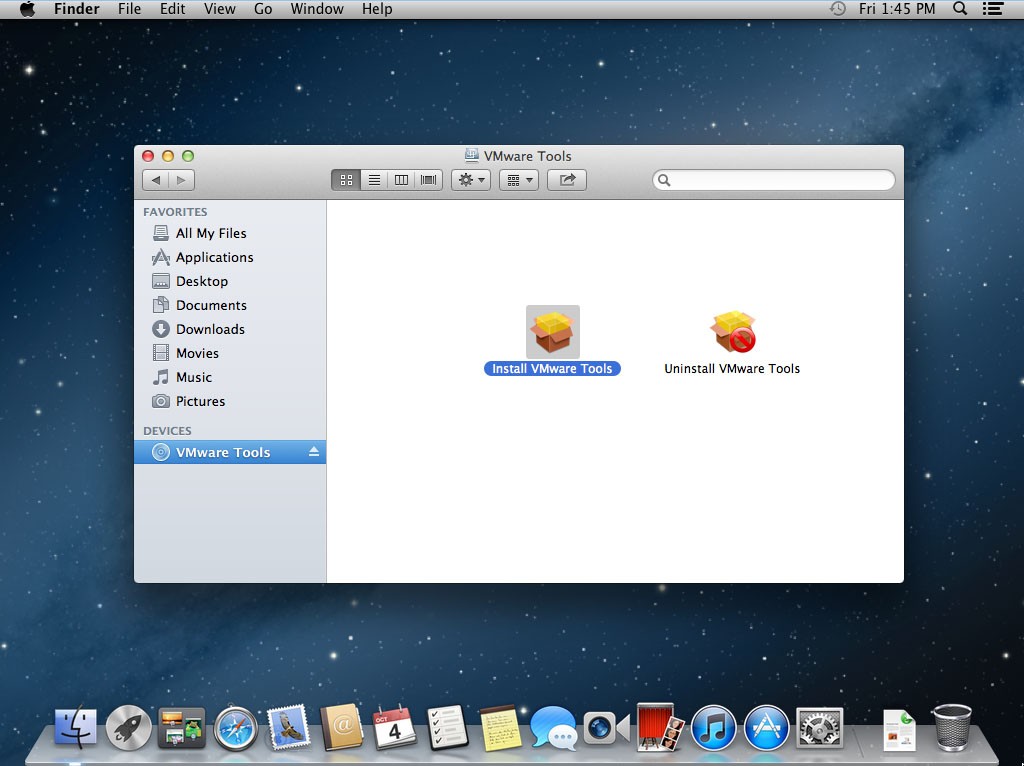
- #INSTALL OS X MOUNTAIN LION MAC OS X#
- #INSTALL OS X MOUNTAIN LION INSTALL#
- #INSTALL OS X MOUNTAIN LION UPDATE#
- #INSTALL OS X MOUNTAIN LION DOWNLOAD#
#INSTALL OS X MOUNTAIN LION INSTALL#
For Lion, I explained how toĬreate a bootable install drive for newer Macs.
#INSTALL OS X MOUNTAIN LION DOWNLOAD#
So if you buy a new Mac post-Mountain Lion, and you haven’t purchased Mountain Lion for another Mac, you can’t download the Mountain Lion installer from the Mac App Store. There’s a catch here, however: Recent Macs are designed to let you re-install the OS using
#INSTALL OS X MOUNTAIN LION UPDATE#
If you create a new bootable installer using the first major update to Mountain Lion after your Mac was released, it should be able to boot all your Macs. However, as explained above, Apple regularly updates the Mountain Lion installer on the Mac App Store so that it installs the latest version of OS X 10.8. This means that if you make a bootable install drive right when Mountain Lion debuts, and then later buy a new Mac, your install drive won’t boot that Mac. The initial Mac App Store version of Mountain Lion will boot only those Macs released prior to Mountain Lion’s debut-Macs released after Mountain Lion’s debut will ship with a newer version of Mountain Lion preinstalled. Using an updated installer is convenient, because it means that if you ever need to re-install Mountain Lion, you won’t have to install 10.8.0 and then immediately install the latest big update.

For example, when the inevitable 10.8.1 update is released, a few days later the Mac App Store will begin providing an updated Mountain Lion installer that installs 10.8.1 right off the bat.
#INSTALL OS X MOUNTAIN LION MAC OS X#
However, unlike with the CD- and DVD-based Mac OS X installers of old, which can never be updated once they’re created, Apple regularly updates the Mountain Lion installer on the Mac App Store so that it installs the latest version of OS X 10.8. Which means that a bootable install drive you create from that installer will install OS X 10.8.0. For example, if you downloaded OS X 10.8 the day Mountain Lion is released, you downloaded the 10.8. What? You didn’t even realize there are different versions of the installer? It turns out that when you download the Mountain Lion installer from the Mac App Store, that copy of the installer installs whatever version of OS X was available at the time of download. If you don’t, you’ll have to re-download the installer from the Mac App Store before you can create a bootable install drive.) Get the latest version of the Mountain Lion installerīefore you make a bootable install drive, you should make sure you have the latest version of the Mountain Lion installer. So if you plan to use that installer on other Macs, or-in this case-to create a bootable drive, be sure to copy the installer to another drive, or at least move it out of the Applications folder, before you install. Our main Mountain Lion-installation article, if you leave the Mountain Lion installer in its default location in the Applications folder when you install OS X 10.8, the installer will be deleted automatically after the installation finishes. Our article on making a bootable Lion-install drive.

Using Disk Utility,” below, but from Step 6 on, follow the instructions under “To create a bootable DVD” in That said, if, for whatever reason, you absolutely need to create a bootable install DVD, follow steps 1 through 5 under “ In addition, you can easily update a USB stick or external hard drive each time an update to Mac OS X is released, as explained below with a DVD, you have to toss the disc in the trash and start over, which is both a hassle and bad for the environment. More and more Macs ship without a built-in optical drive booting and installing from a DVD is very slow and 8GB flash drives can be found for $10 or less-there’s little reason to opt for a DVD anymore. Though it’s possible to make one, I don’t recommend it these days. You may have noticed that I didn’t mention making a bootable install DVD.


 0 kommentar(er)
0 kommentar(er)
